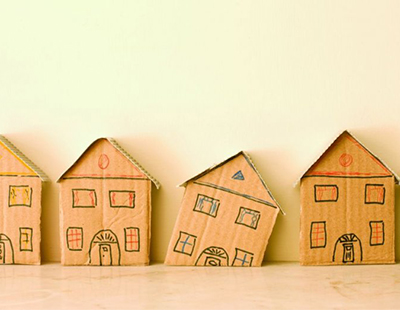
House price growth in prime country and coastal locations is beginning to plateau after two years of runaway growth, with urban capital appreciation fighting back.
That’s the message from high-end lettings agency Savills which says that on average, the UK’s prime regional markets continued to grow by 1.2 per cent over the second quarter of this year, slightly down from the 2.0 per cent growth seen over the first quarter.
This follows a dramatic 16 per cent of growth since the start of the pandemic in March 2020.
“Following two years of unprecedented growth in the UK’s prime regional markets, the market has started to readjust and price growth is softening. However, the slowdown is driven by lower levels of price growth in markets which saw the highest level of buyer demand over the course of the pandemic, rather than price falls,” comments Frances McDonald, research analyst at Savills.
But the distribution of price growth is beginning to change.
Now, after two years of the pandemic-fuelled race for space, price growth in urban markets is surpassing growth in surrounding rural areas, as the market rebalances in response to employees returning to offices. For the first time since December 2020, annual growth in well-connected urban markets is higher – up 7.0 per cent on the year, against 6.7 per cent in surrounding areas.
“The lure of urban living is also becoming more popular with downsizers who recognise the opportunity to sell into a market where demand hugely exceeds supply, and are keen to trade in country pads in exchange for properties in cities such as York, Bristol or Winchester. As a result, we can expect to see regional urban markets perform more strongly over the second half of the year” McDonald continues.
There are also early signs that demand has softened amongst discretionary buyers in the prime coastal market where prices have risen 24.3 per cent since the start of the pandemic.
Growth here has started to slow and values are up just +0.6 per cent in the second quarter of 2022.
But despite slowing price growth, lack of stock remains an issue and is continuing to prop up prices in some locations. Three in five agents cite lack of stock to be the biggest issue impacting the market, followed by increasing interest rates and the rising cost of living.















%20-%20IMAGE%20Client%20Accounting%20%E2%80%93%20what%20are%20your%20options.jpg)




.png)





Join the conversation
Be the first to comment (please use the comment box below)
Please login to comment